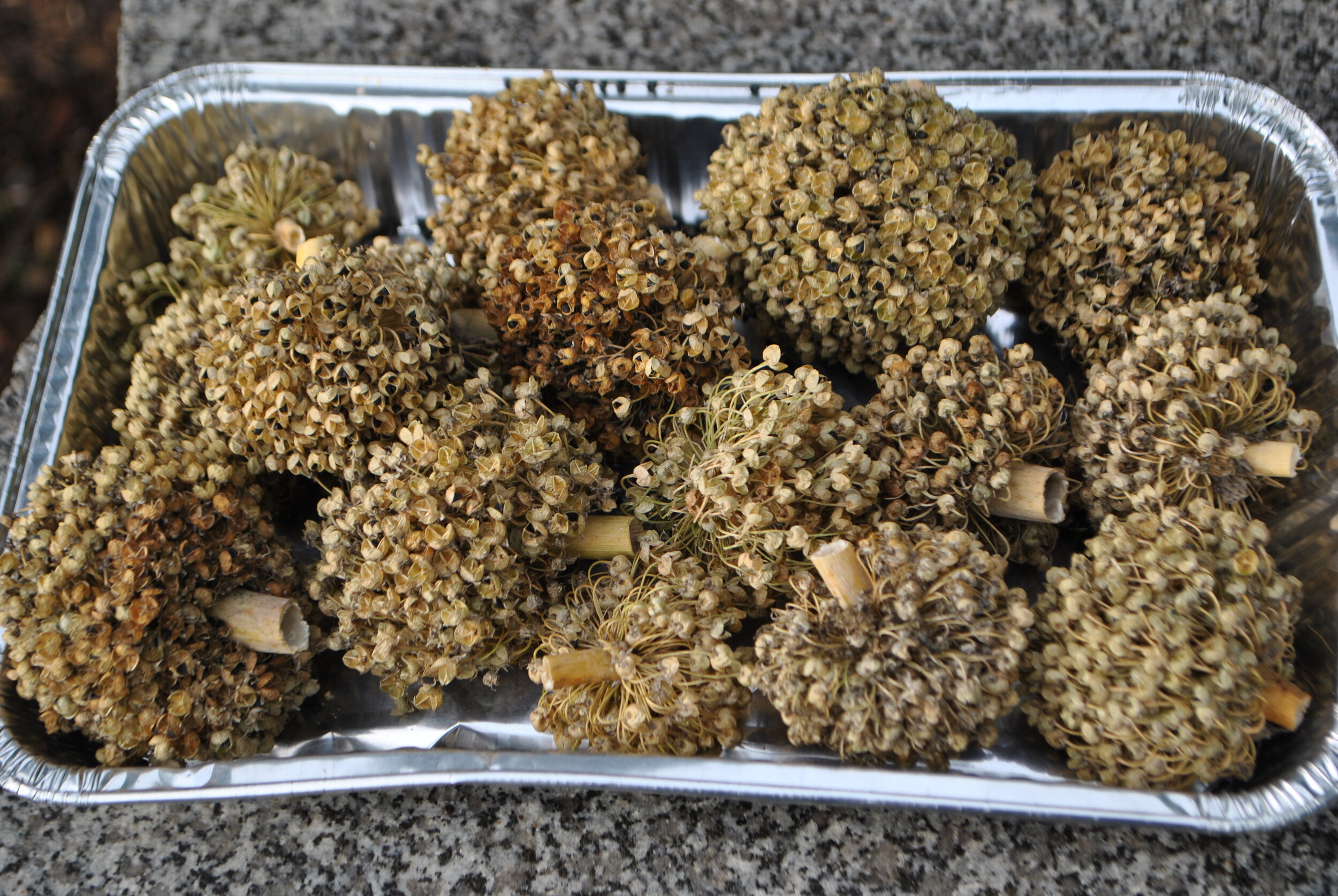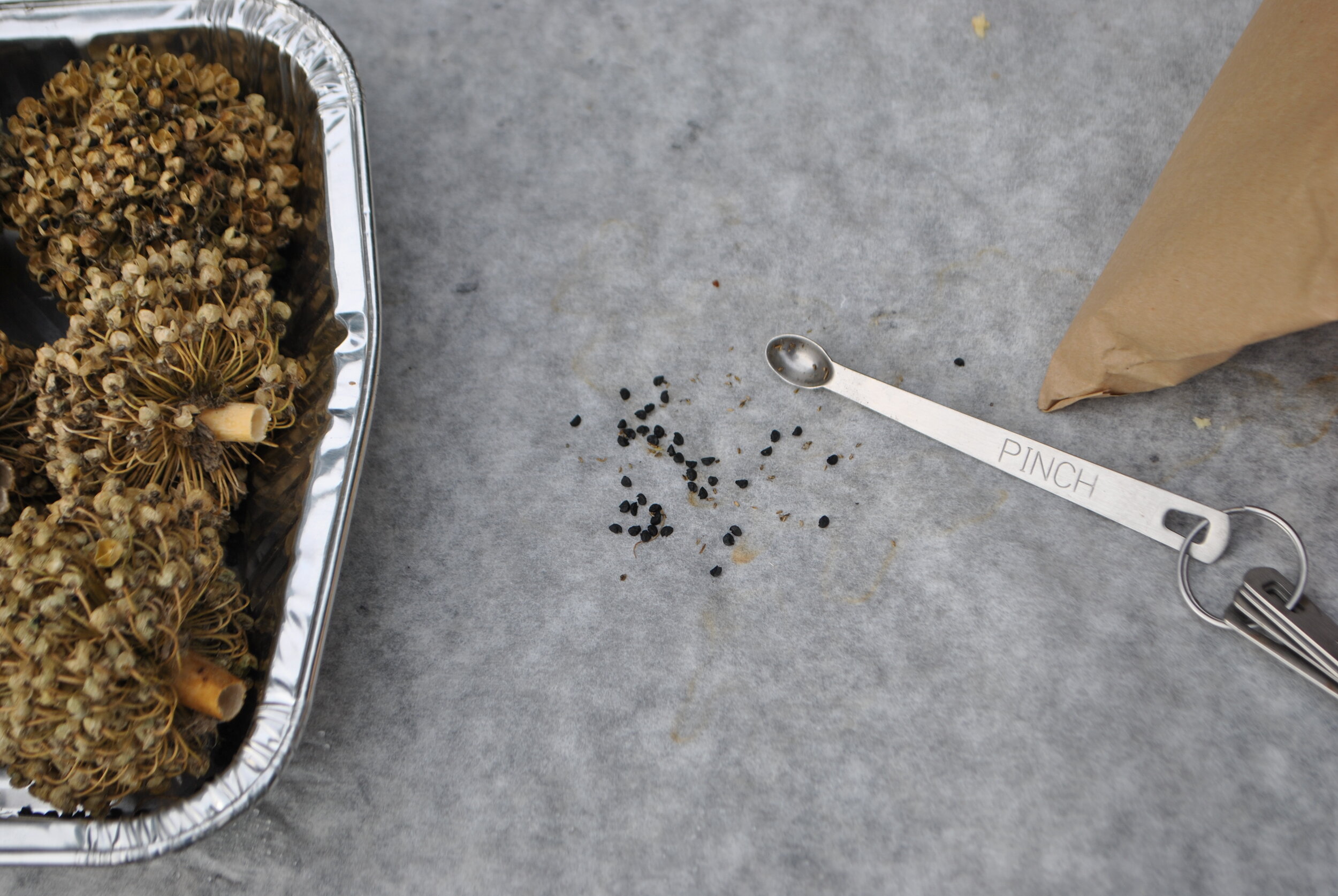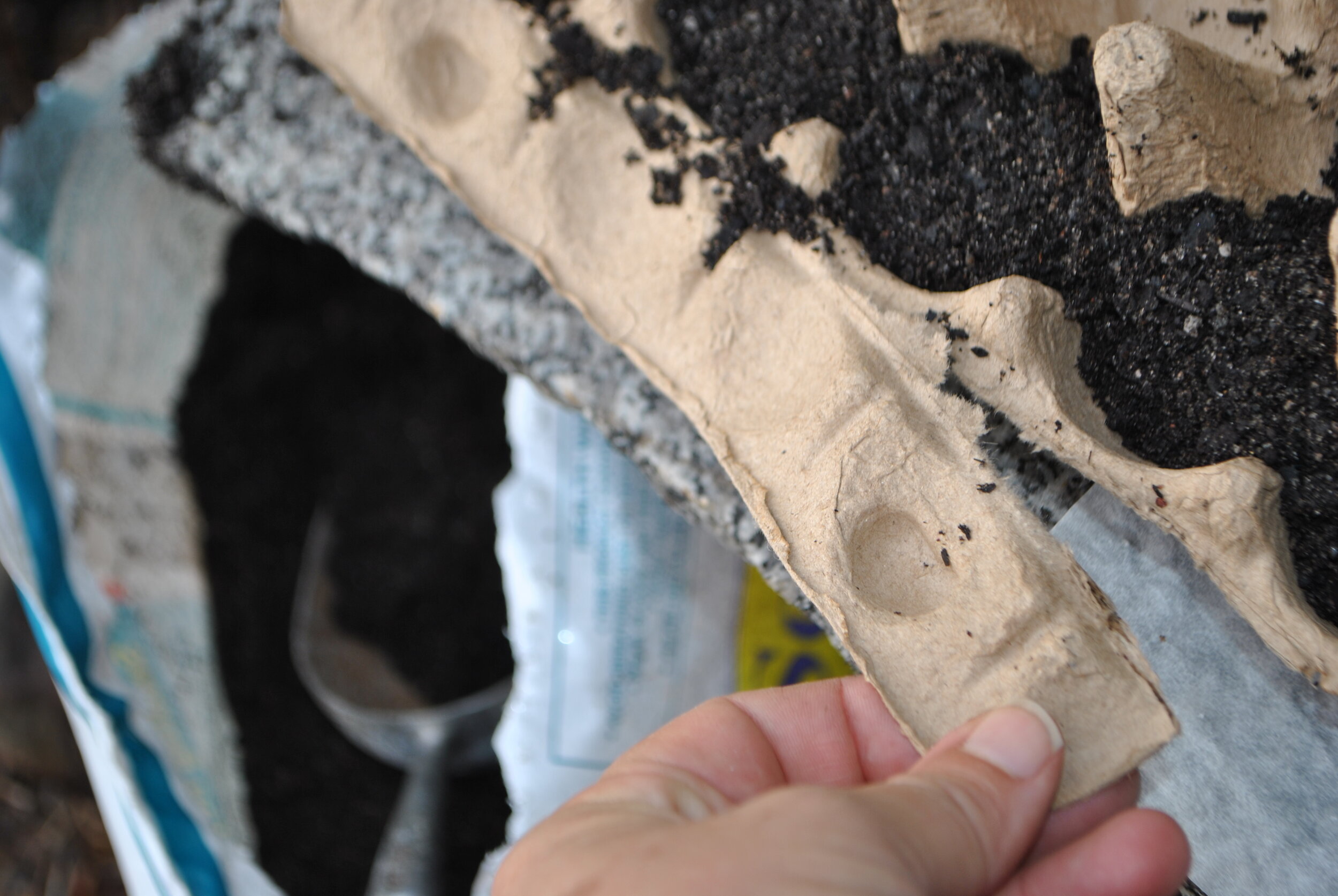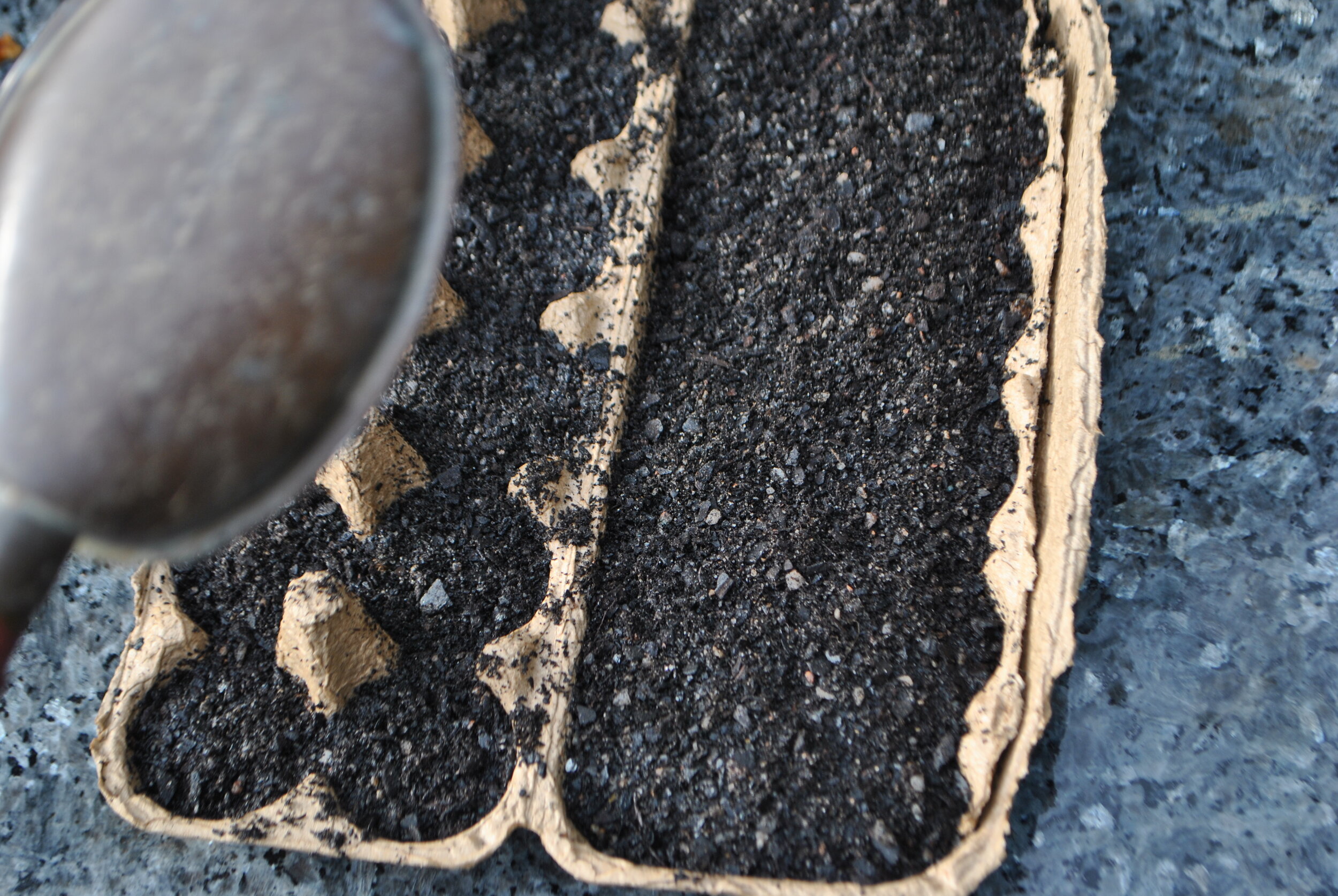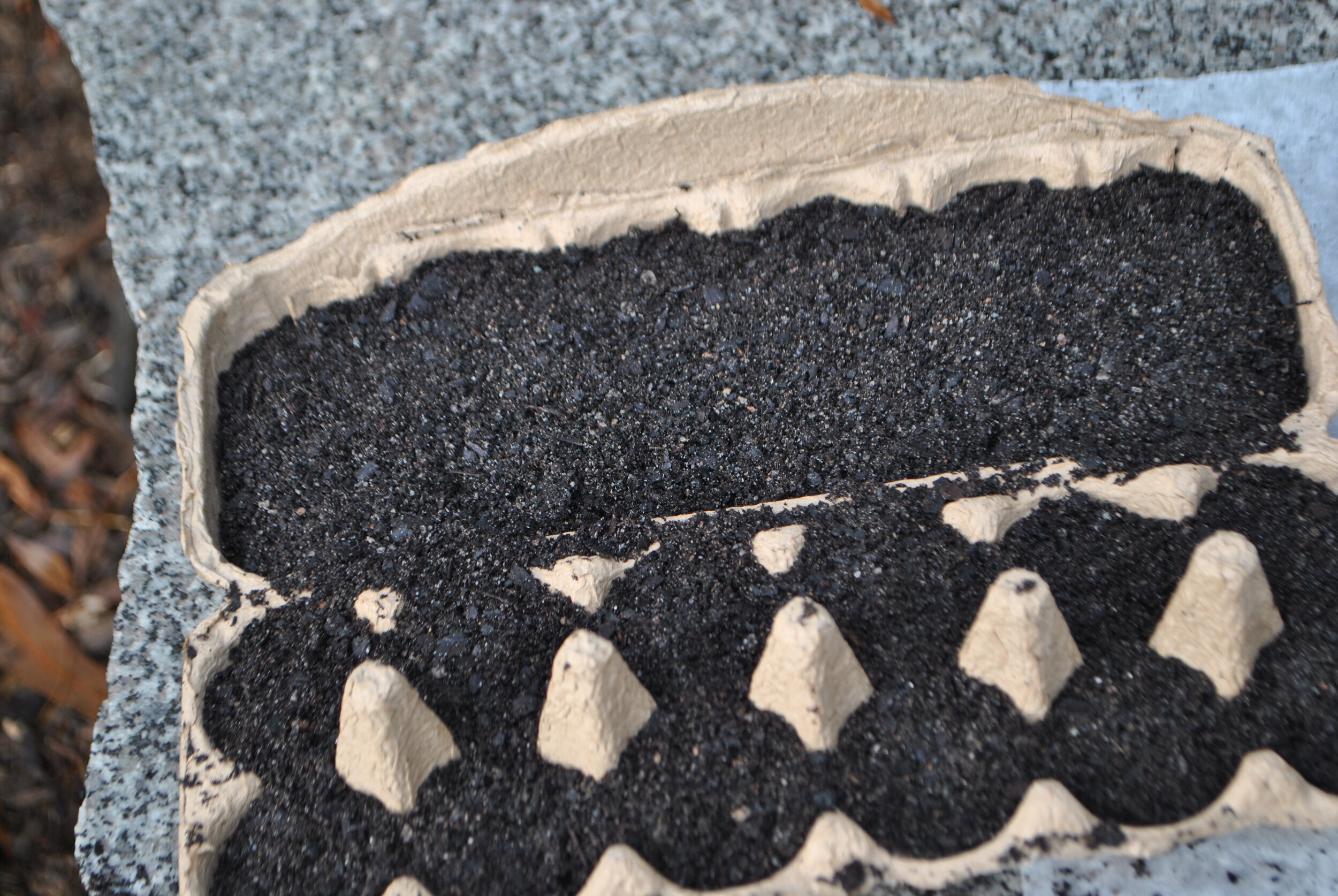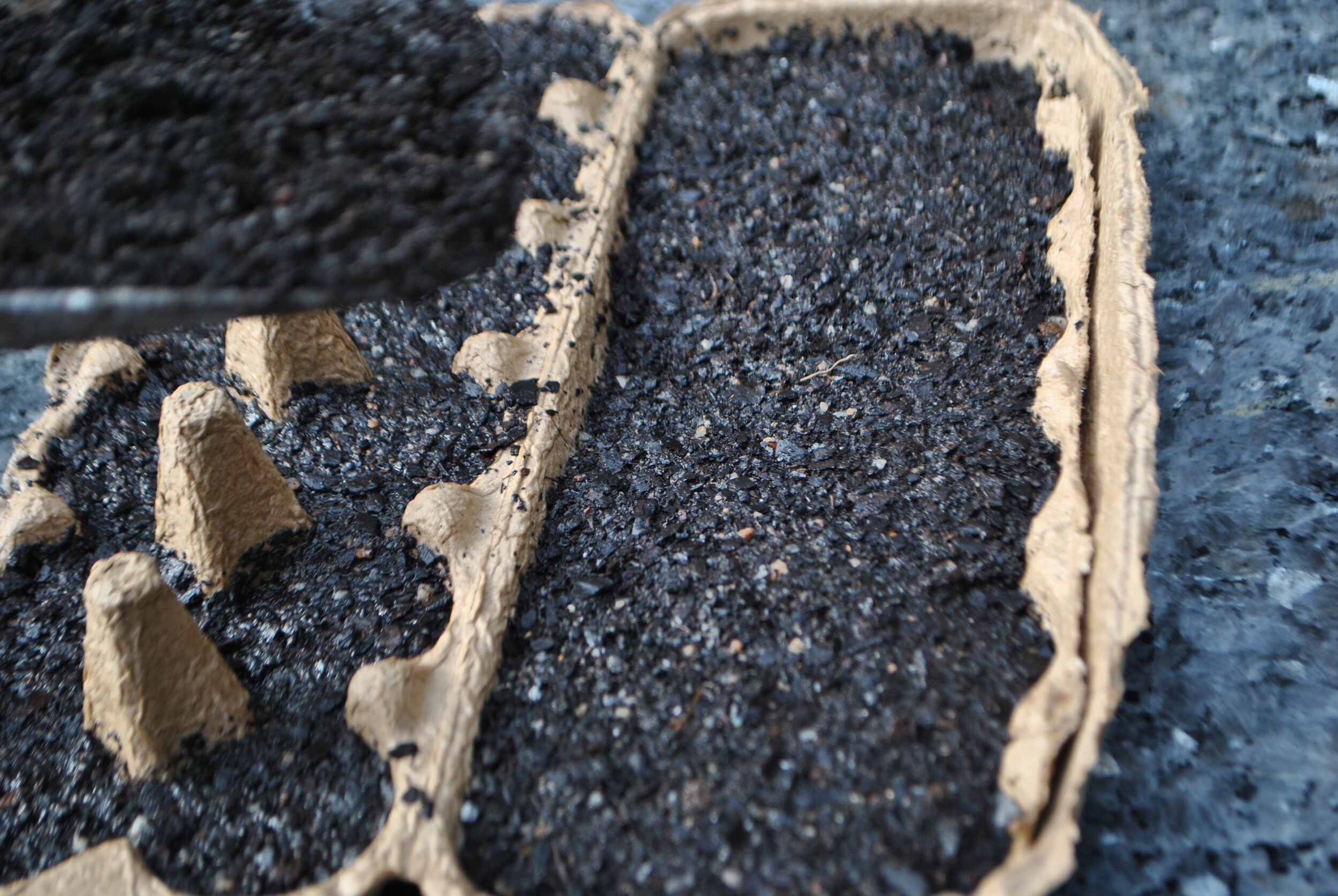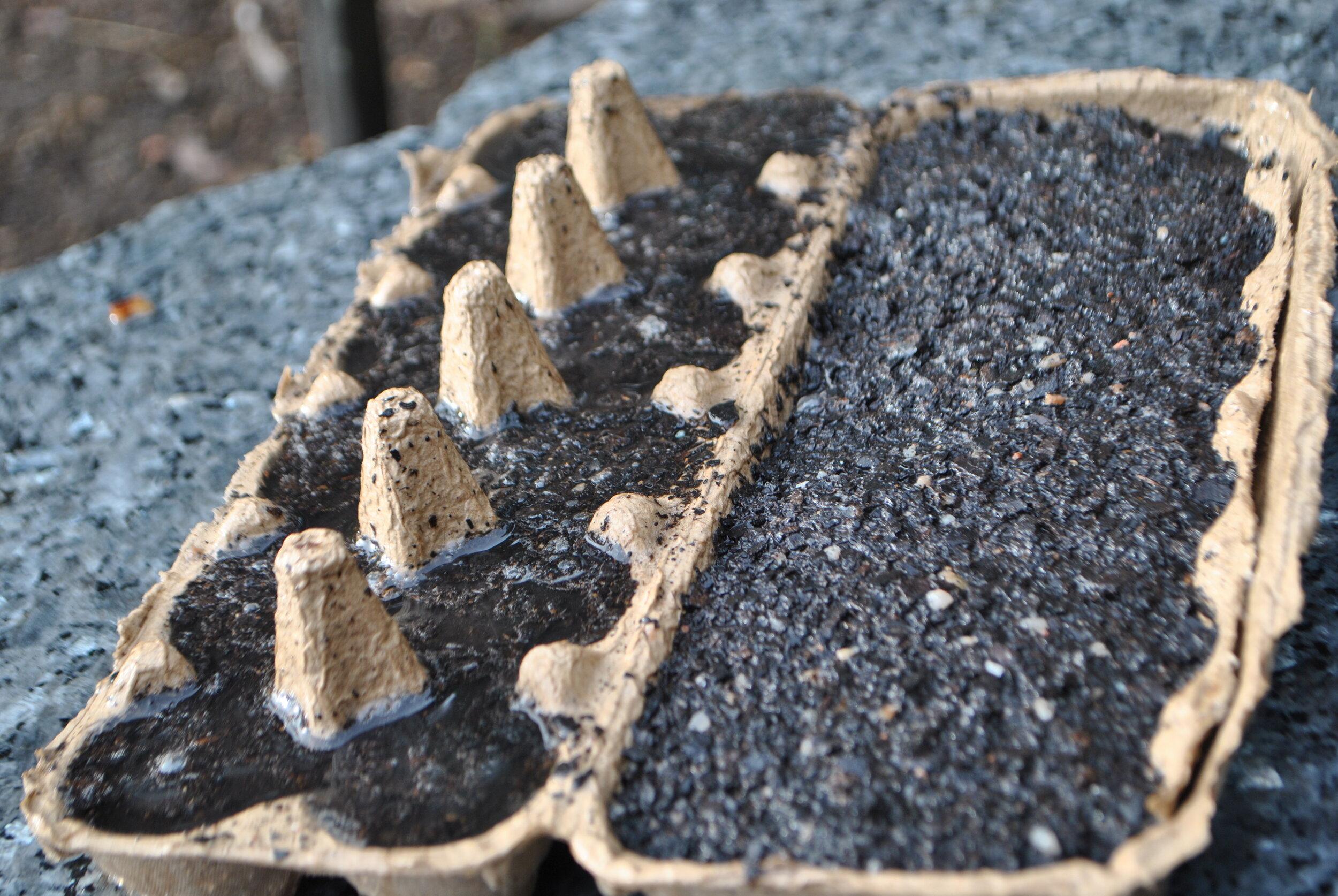Planting Your Garden #1
Sowing seed for the vegetable garden in April chiefly is limited to Broad Beans, Smooth Coated Shelling Peas, Summer Leeks, Greens for the Greenhouse and Bulbing Onions.
The Woodend Community Garden are supplying “sow-a-seed” kits for market goers this April. You can turn a tiny pinch of locally saved seed into four (4) kilograms of onions in around 9 months.
Onions are a biennial plant. Its bulb is actually a storage organ composed of the swollen underground leaf bases of the plant. Onions exhibit a trait called photoperiodism: "long-day" onions, produce bulbs only after 14 hours or more of daylight; "intermediate-day" types, require only 12–13 hours of daylight to stimulate bulb formation; and finally, "short-day" onions, which have been developed in more recent times, require only 11–12 hours of daylight to stimulate bulb formation. Photoperiodism plays an important part in other bulbing allium species too, for example Garlic (Allium Sativum).
Onions grow from seed sown in autumn-winter, aligned with the natural seed-drop and autumn rains of a Mediterranean climate. As a monocot onions look similar to a grass as they germinate. They grow large fibrous roots and rounded sheafed leaves.
For good bulb formation the plants require the development of seven (7) leaves prior to the day-length trigger. Bulbing begins in response to both temperature and photoperiod; they are photothermoperiodic. Day length (actually period of absence of blue light spectrum) depends on latitude; the Macedon Ranges is at a latitude of approximately 37 degrees which means we are ideally placed for an intermediate or long day-length onion. The onions provided in this kit are “long-day-length” so they will not start to form bulbs until quite late in the year, mid November. Onions that are “short day” have an impaired storageability and are best reserved for localities that require short to neutral day trigger.
Onions are ‘determinate’ plants. That is they have an innate maturation cycle, the achievement of which leads directly to preparation for storage. Onions go through a period of leaf senescence that is both preceded and governed by softening of the neck tissues. Better storage is achieved by allowing for as much senescence as possible, characterised by the classic “fallen foliage”. At this point harvest and curing can occur without impairing the plant’s ability to complete its lifecycle of flowering and seed production in the following spring and summer.
The onion seed in your kit are: Medium-Large pink-fleshed onions.
They are savoury, sweet and mild. Though these characteristics are influence by ‘terroir’; a sulphurous soil will produce stronger, less sweet onions.
They should be sown April-June in trays and transplanted in late winter-mid spring.
They should be ready for harvest approximately February 2021.

